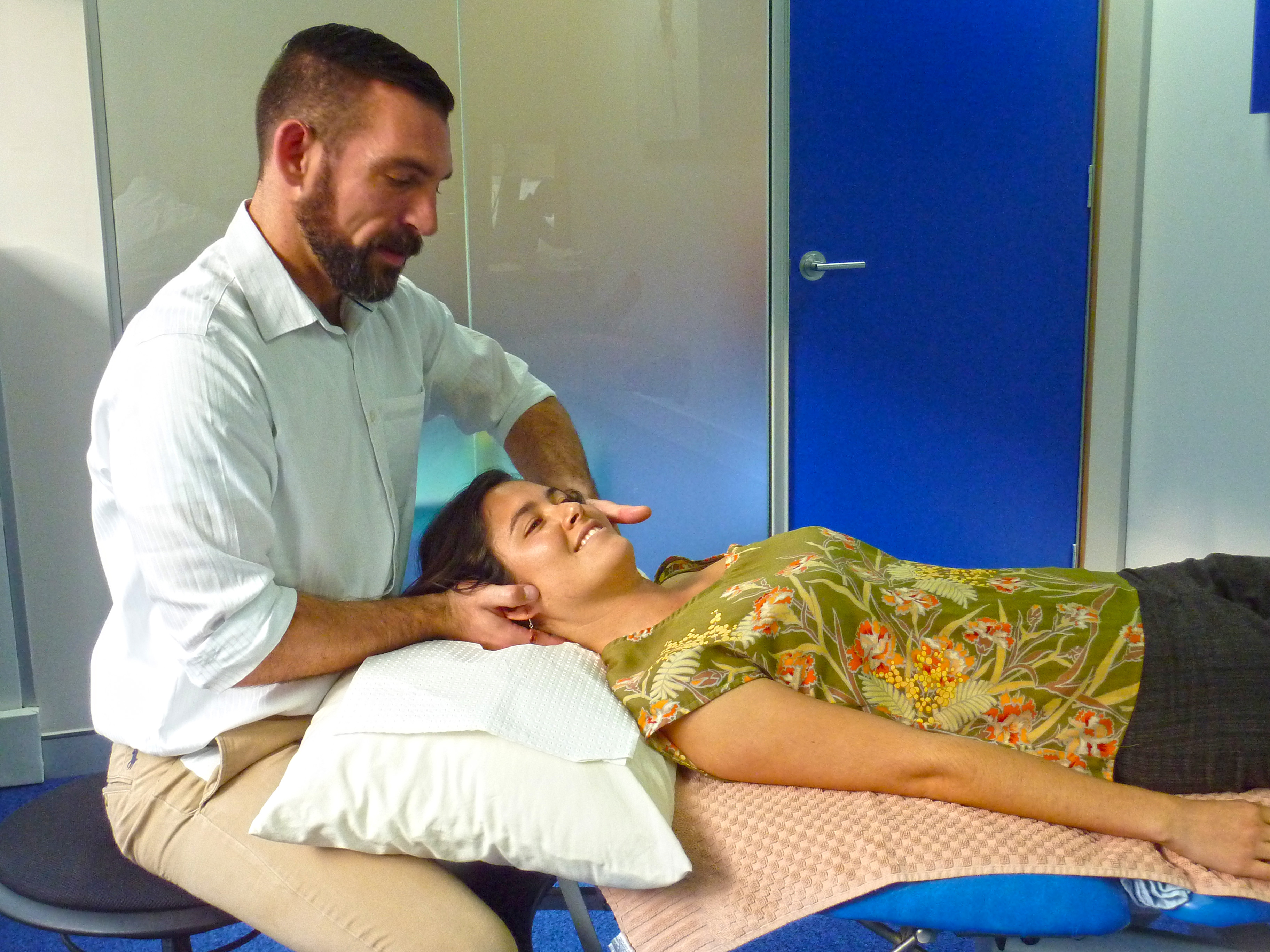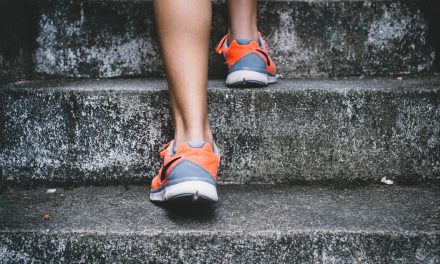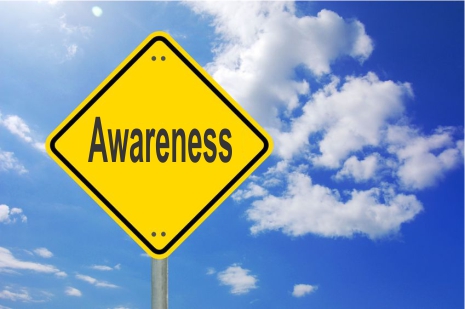From multivitamins to osteopathy, alternative medicine has become mainstream. Two-thirds of Australians are expected to use some form of complementary or alternative medicine in 2014, spending up to $1.8 million.
Government funding for alternative medicine has skyrocketed over the past 10 years and universities across Australia are running courses in osteopathy, chiropractic science, traditional Chinese medicine and naturopathy.
Osteopath at the Osteopathic Centre in Chatswood, Dr Christian Paesano, believes osteopathy plays a critical role in primary healthcare.
“We run through quite a lengthy case history during which we go through the reason that people come in. We ask questions around lifestyle, work, sport and sleep. We put the health condition in context of the person’s life,” Paesano said.
“After carrying out an osteopathic assessment during which we hope to come up with a diagnosis we then lay out a treatment plan based on how long we expect to be seeing the person. Osteopaths are hands on, so treatment can involve massage, adjustments, manipulations, mobilisations and hydrotherapy exercises.”
However, as with all forms of alternative medicine, the practice of osteopathy does not always adhere to evidence-based medicine (EBM). Despite only few research studies suggesting osteopathy is effective, the National Institute for Health and Care Excellence in the UK recommends osteopathy for the treatment of persistent and recurring lower back pain.
With lower back pain sending more people to the doctor than any condition other than the common cold, and around 80 per cent of Australians expected to suffer from lower back pain in their lifetime, Paesano said GPs are now regularly referring patients to osteopaths.
“We work alongside local GPs and get quite a few referrals. In the past I think doctors were more likely to refer onto physiotherapists but nowadays osteopaths are a critical part of primary healthcare. We work closely with GPs when it concerns conditions like lower back pain, headaches and arthritis,” Paesano said.
In Australia, all osteopaths complete a minimum of five years university training in anatomy, physiology, pathology, general medical diagnosis and osteopathic techniques. They are also trained to perform standard medical examinations of the musculoskeletal, cardiovascular, respiratory and nervous systems.
While Australians continue to look towards alternative solutions to their health problems, Paesano believes complementary medicine is an effective and reliable way to treat common and persistent health conditions.
“In osteopathy for example, there are obviously limits to what we can treat. However, we do treat a number of conditions highly successfully with repeated results,” Paesano said.
“I think our main strength is that we can give a lot more time to each individual person and we get the results people hope for and consequently patients come back again and again.”












